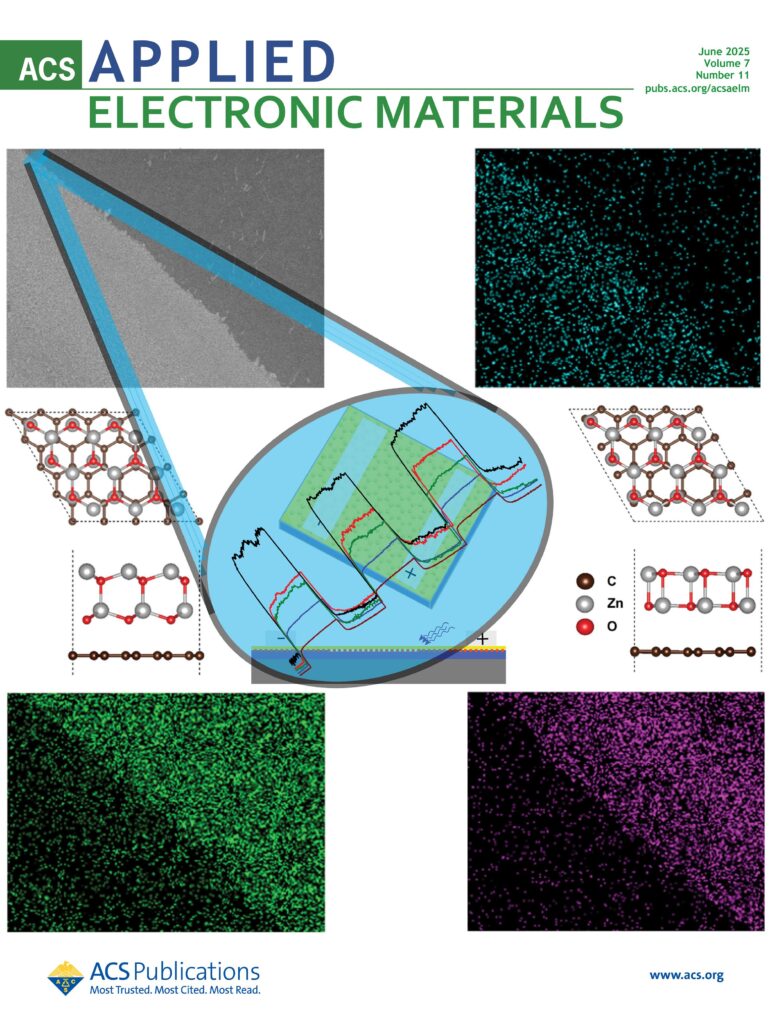Shipra Aswal, Sirsendu Ghosal, Himanshu Murari, Ravinder Chahal, Viliam Vretenár, Ravi Kumar Biroju, Ľubomír Vančo, Subhradip Ghosh and P. K. Giri
In: Nanoscale, 2025
https://doi.org/10.1039/D5NR03668B
Abstract
Understanding phonon transport and thermal anisotropy in two-dimensional (2D) materials is essential for their integration into electronic and thermal nanoscale devices. In this work, we achieve large-area, contamination-free monolayer Rhenium diselenide (ReSe2) growth via chemical vapor deposition, confirmed by atomic force microscopy and HAADF-STEM imaging. To probe its anisotropic thermal properties, we employ non-contact low-temperature Raman spectroscopy with unpolarized laser excitation to measure its thermal conductivity (κ). We report exceptionally low values of in-plane thermal conductivity κ~25.2 Wm-1K-1 for the pristine monolayer, the lowest among the TMDs. Critically, we find the introduction of more selenium vacancies further suppresses it to κ~20.7 Wm-1K-1. Polarization-dependent Raman analysis reveals a layer-dependent change in anisotropy ratio, with the ratio decreasing from 6.23 (pristine monolayer) to 4.42 (monolayer with vacancies) and further to 3.82 (trilayer), highlighting the distinct effects of both interlayer interactions and point defects on phonon transport. The suppression of κ with increasing thickness suggests enhanced phonon scattering from structural distortions and weak van der Waals coupling. These findings provide critical insights into how both layer thickness and intrinsic defects like Se vacancies can be used to modulate anisotropic transport in low-symmetry 2D materials. In addition, we employed Density Functional Theory and Boltzmann Transport Theory to elucidate the lattice phonon dynamics and thermal transport behaviour of monolayer ReSe2. The computed lattice thermal conductivity (κ_l) exhibits excellent agreement (κ_l^x ≈ 21.5 Wm-1 K-1 and κ_l^y ≈ 23.8 Wm-1 K-1) with the experimental data, thereby providing strong validation for our experimental approach. This work establishes ReSe2 as a strong candidate for thermoelectric and nanoelectronic applications where tunable thermal properties are paramount.


